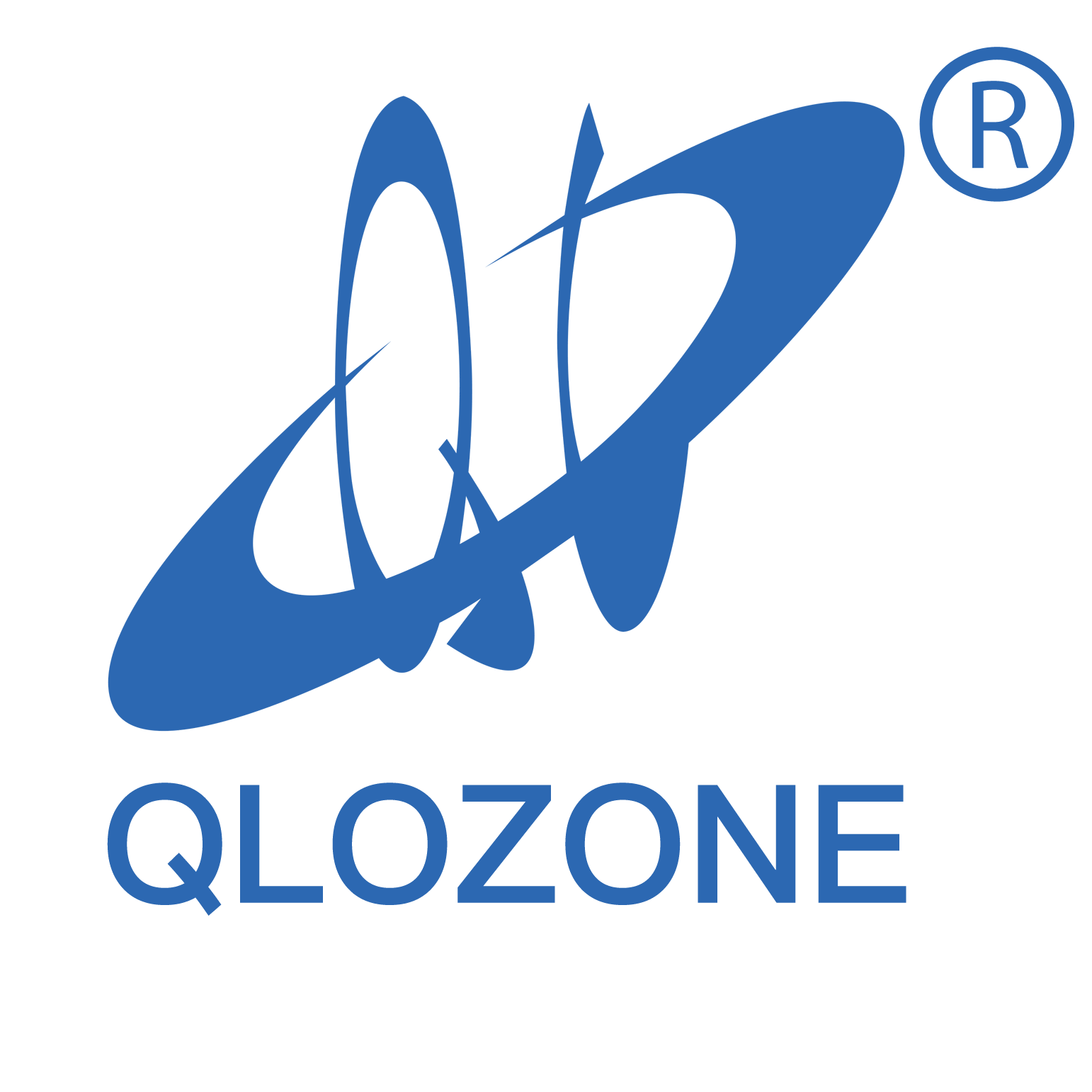Drženje vašega ribnika s koi ribami čistega ni le vprašanje izgleda. Gre za ustvarjanje zdravega okolja, v katerem se lahko vaše koi ribe pravzaprav razvijajo. Slaba kakovost vode lahko pripelje do stresa, bolezni ali celo smrti vaših rib. Pa vendar, kako izbrati idealen filtracijski sistem, ki bo vaš ribnik uravnotežil in vaše koi ribe vesele?
Razumevanje ribnjaka za koi Filtracija Sistem
Kaj je filtralni sistem za koije?
Filtracijski sistem za ribnik koi je kot srce ribnika. Tako je voda čista, čista in varna za koija. Pomislite na to kot na kombinacijo orodij, ki skupaj odstranijo odpadke, smeti in škodljive snovi iz vode. Ti sistemi običajno vključujejo mehanske, biološke in včasih tudi kemične komponente. Vsak del ima svojo vlogo pri ohranjanju zdravega okolja.
Strojni filtri hvate pečene delce, kot so listje, ribje izmetek in neizkuhan hrana. Biološki filtri pa spodbujajo rast koristnih bakterij. Te bakterije razlagajo škodljive toksine, kot je amonijak, v manj škodljive snovi. Nekateri sistemi vsebijo tudi UV clarifiers, ki pomagajo nadzorovati alge in obdržati vodo jasno.
Zakaj je filtriranje nujno za zdravje koijev in čistočo vode?
Brez ustreznega filtriranja se vaš ribnjak lahko hitro spremeni v podlago za razmnoževanje škodljivih bakterij in otrin. Koi izpuščajo veliko odpadkov, ki v reles pustijo amonijak. Visoki ravni amonijaka lahko stresijo vaše ribe, oslabijo njihov imunski sistem in pač pa povzročijo tudi smrt. Dobro filtracijsko sistemo prepreči to tako, da razgrne odpadke in vzdržuje kakovost vode. Filtracija prav tako hraniti vodo prosojno, da lahko uživate v opazovanju plavajočih koi. Mrholjiva ali zelena voda, povzročena s alge, lahko uniči lepoto vašega ribnjaka.
Kako izbrati idealno filtracijo Sistem
Velikost ribnika in količina vode: kako izračunati in zakaj je to pomembno
Velikost ribnika je pomembna pri izbiri pravilnega filtriranja. Večji ribniki potrebujejo močnejše filtre, da lahko obvladajo povečano količino vode. Če želite izračunati prostornino svojega ribnika, izmerite njegovo dolžino, širino in globino ter potem pomnožite ta števila. Če je ribnik nepravilne oblike, lahko ocenite tako, da ga razdelite na manjše dele in seštejete prostore.
Število rib: razumevanje vpliva rib na potrebe po filtraciji
Več koijev imaš, težje mora filtrirati. Koiji proizvajajo veliko odpadkov, prepopuliranost pa lahko hitro preplavi filter. Dobro pravilo je, da na centimeter rib dopustite vsaj 10 litrov vode. Če nameravate v prihodnosti dodati več koijev, izberite sistem, ki bo zmogljiv z dodatnim obremenitvijo.
Filtrska zmogljivost in pretok: prilagoditev sistema zahtevam vašega ribnika
Filtrska zmogljivost in pretok grejo skupaj. Filter mora vsaj enkrat na dve uri prečiščati vso vodo v ribniku. Če je na primer vaš ribnik dovolj velik za 1000 litrov vode, mora pretok filtra biti vsaj 500 litrov na uro (GPH). Preverite specifikacije proizvajalca, da se prepričate, da sistem ustreza vašim potrebam za ribnik.
Lažje vzdrževanje: Izbira sistema, ki ga je enostavno očistiti in vzdrževati
Nihče ne želi ure čistiti filtra. Poiščite sistem z lahkoto dostopa do komponent in preprostimi postopki čiščenja. Nekateri filtri imajo celo funkcijo za umivanje, ki vam omogoča, da jih očistite brez razstavljanja. Sistem, ki ga ni potrebno vzdrževati, vam prihrani čas in ohranja nemoten obrat v ribniku.
Energetska učinkovitost: prihranek stroškov z energetsko varčnimi sistemi
Energetsko varčni filtri vam lahko dolgoročno prihranijo denar. Poiščite sisteme z energijsko varčnimi črpalkami ali nastavljivimi pretokom. Te funkcije zmanjšujejo porabo električne energije, ne da bi ogrozile zmogljivost. Z časom se energetsko učinkovit sistem odplača sam, medtem ko je vaš koi ribnik okolju prijazen.
Priporočeni sistemi filtriranja za začetnike
Sisteme vse v enem: kompaktne in enostavne za uporabo možnosti
Če ste šele začeli, so sistemi vse v enem fantastična izbira. Ti sistemi združujejo mehansko, biološko in včasih UV filtriranje v eno enoto. Kompaktični so, enostavni za namestitev in so idealni za male in srednje velike ribnike. Ni vam treba skrbeti za sestavljanje različnih komponent. Vse, kar potrebujete, je v enem paketu.
Vse v enem je odlično, če želite nizko vzdrževalno možnost. Veliko jih ima vgrajene črpalke, zato jih ne boste morali kupiti ločeno. Poleg tega so uporabniku prijazni, kar jih naredi idealne za začetnike. Samo priključi ga in lahko greš. Če želite izbrati popoln sistem, ne da bi stvari preveč zapletli, je to trdna možnost.
Zunanji filtri: vsestranski sistemi za večje ribnike
Za večje ribnike so zunanji filtri primerna rešitev. Ti sistemi so nameščeni zunaj ribnika, zato so lahko dostopni za čiščenje in vzdrževanje. Zelo so vsestranske in lahko obvladajo večje količine vode in večje populacije rib. Če imate velik ribnik ali ga nameravate razširiti, vam zunanji filter omogoča prilagodljivost.
Zunanji filtri pogosto omogočajo prilagoditev nastavitve. Lahko jih povežete z močnimi črpalkami ali dodate dodatne filtracijske komponente. To jih naredi odlično izbiro za ljubitelje koija, ki želijo več nadzora nad ekosistemom svojih ribnikov.
Izbira pravega filtracijskega sistema za koi ribnik ni nujno težko. Naučili ste se, kako delujejo različne vrste filtriranja in zakaj so pomembni dejavniki, specifični za ribnik, kot so velikost in populacija rib. Zdaj je čas, da izberete popoln sistem, ki ustreza vašim potrebam. Osredotočite se na funkcionalnost, cenovno dostopnost in enostavnost vzdrževanja, da bo vaš koi zdrav in srečen.
Vsebina
- Razumevanje ribnjaka za koi Filtracija Sistem
-
Kako izbrati idealno filtracijo Sistem
- Velikost ribnika in količina vode: kako izračunati in zakaj je to pomembno
- Število rib: razumevanje vpliva rib na potrebe po filtraciji
- Filtrska zmogljivost in pretok: prilagoditev sistema zahtevam vašega ribnika
- Lažje vzdrževanje: Izbira sistema, ki ga je enostavno očistiti in vzdrževati
- Energetska učinkovitost: prihranek stroškov z energetsko varčnimi sistemi
- Priporočeni sistemi filtriranja za začetnike

